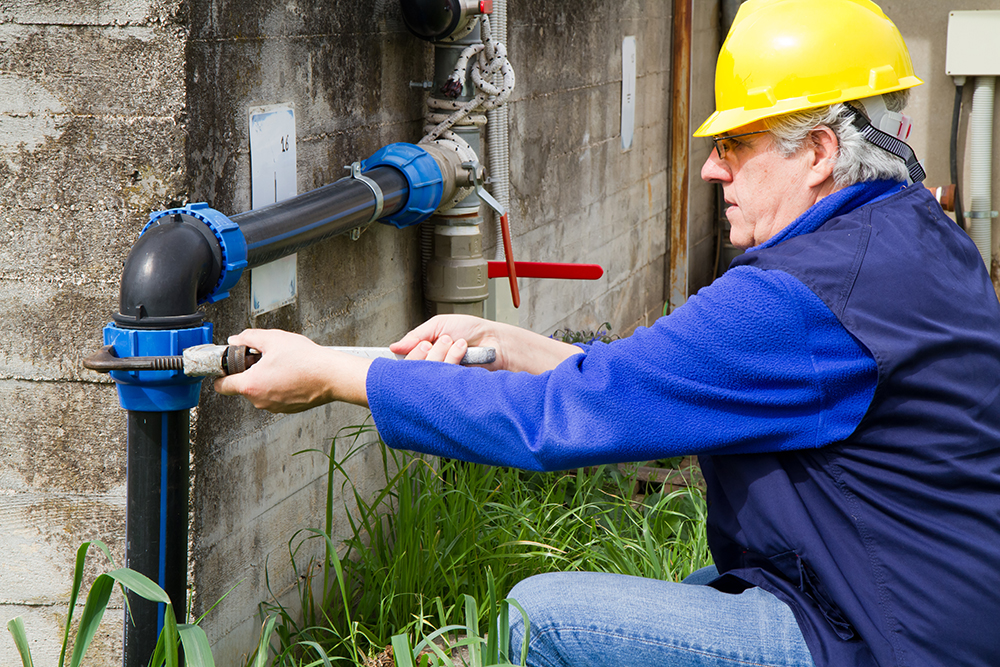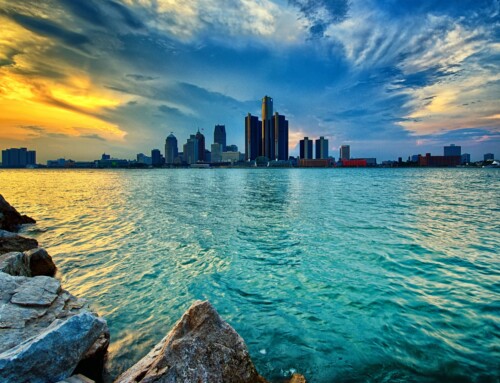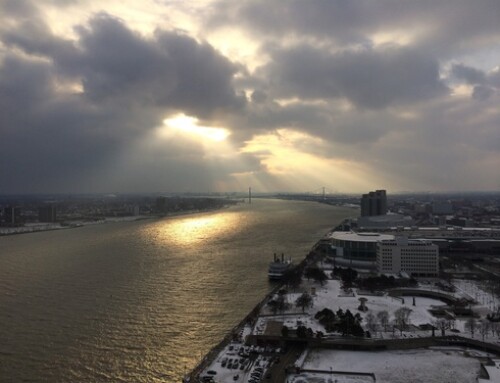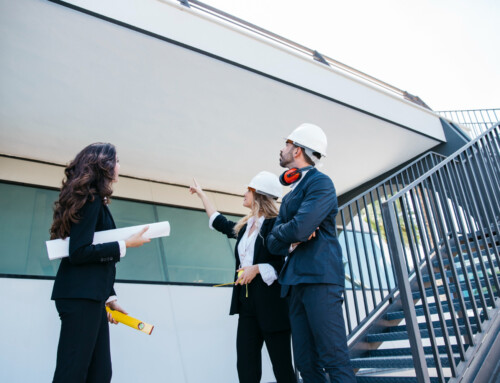A research project conducted by the Water Design-Build Council (WDBC) indicated positive current growth of design-build construction in water-wastewater construction. But, what does the future have in store for the industry? The WDBC collected and analyzed data for the 2014–2021 timeframe enabling them to evaluate both historical and prospective trends for design-build contracting by geographic region and by project type.
Positive Growth
According to the study which included the selection of 100 major water and wastewater utilities throughout the U.S. to examine their planned project spending through 2020/21,“these results show that the future for the use of design-build delivery for water and wastewater infrastructure projects is a positive one, with the total project spending set to grow from some $7.7 billion in 2017 to $9 billion in 2021, thus significantly reversing the downward trend since the beginning of the Great Recession in 2008. Potential capital outlay for the use of design-build delivery is expected to rise from approximately 9% to 11% of total project spending through 2021 with a possible upside of 16% year-over-year growth projected.”
Industry Transition
The research team also pointed out that the industry is undergoing its third major transition since modern water and sanitation services began in America. Some of the factors driving this change include:
- Heavy investments in the removal of the easy pollutants
- Communities with diminishing populations left searching for more efficient services
- Remaining clean water needs are principally focused around wet weather controls like storm water control and combined sewer overflow reduction; and where solutions are area-based they often require very expensive disturbance of existing urban development.
- Growth-related water needs are concentrated in a handful of states with significant supply-demand imbalances, which drives up the cost of new supply and expands markets for water reuse at costs equivalent or lower than nearly all other alternatives.
- Fundamentally, there is relatively little water quality gain associated with future capital investments, either measured against historical costs per unit removed or against the cost of managing other sources of pollution in typical watersheds, which is causing water and wastewater utilities to seek “one-water” solutions and partnerships with others within their watersheds.
The future of design-build in water-wastewater development will also begin to focus more of its efforts toward managing the future water supply of the US versus waste management. Since it’s such a valuable resource, industry leaders have deemed water as the “Utility of the Future.” Industry innovation is a growing demand due to complex problems and strained public budgets within the sector. But, current market conditions appear to favor a growing use of design-build project delivery for the foreseeable future.
Are you ready to build your dream team?
The Birmingham Group is a tenured construction recruiting firm specializing in a variety of niches including wastewater construction recruiting. We are dedicated to helping you build your dream team. If you are ready to take a proactive approach to recruiting and retention, reach out today to discuss a custom recruitment strategy.






